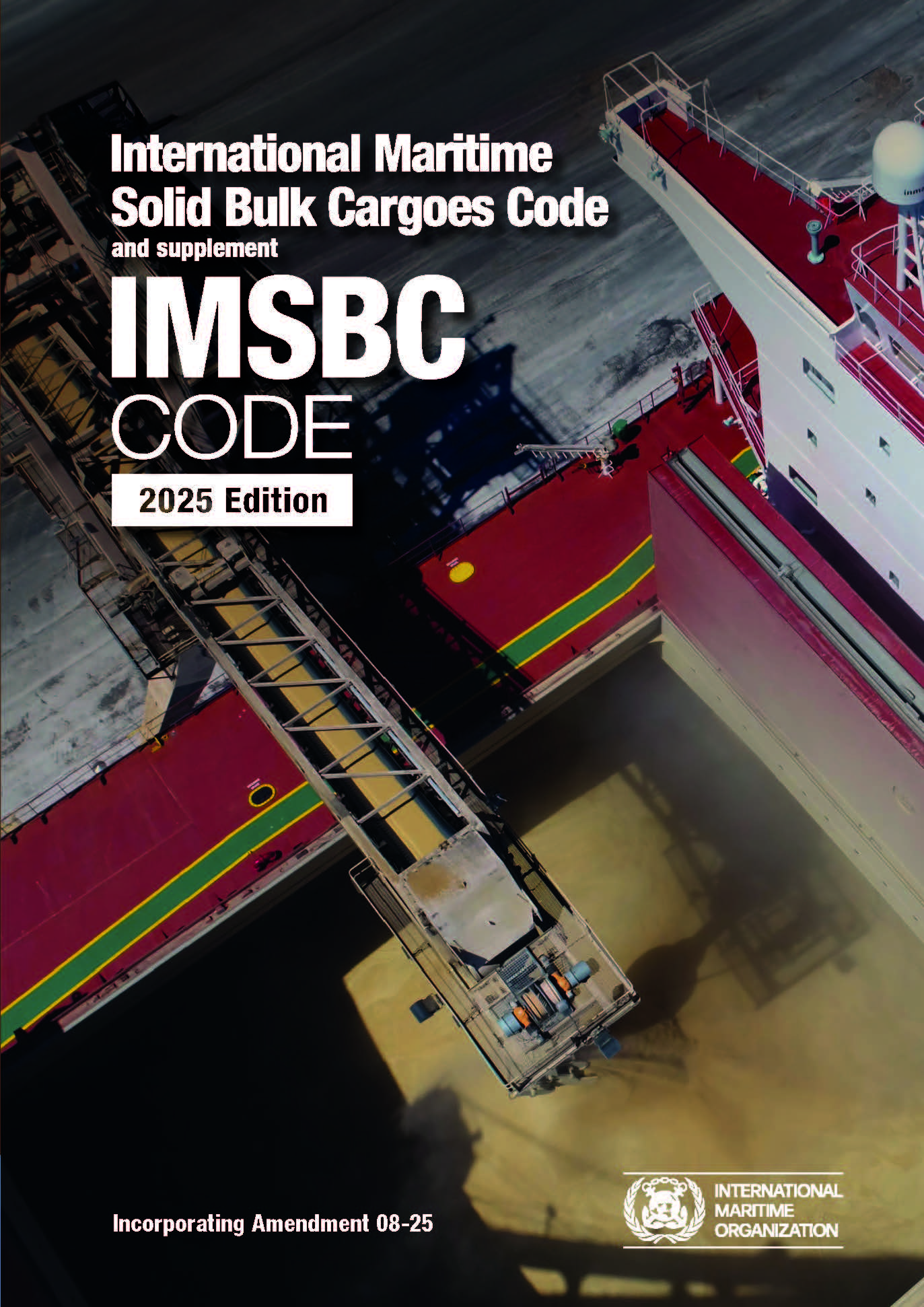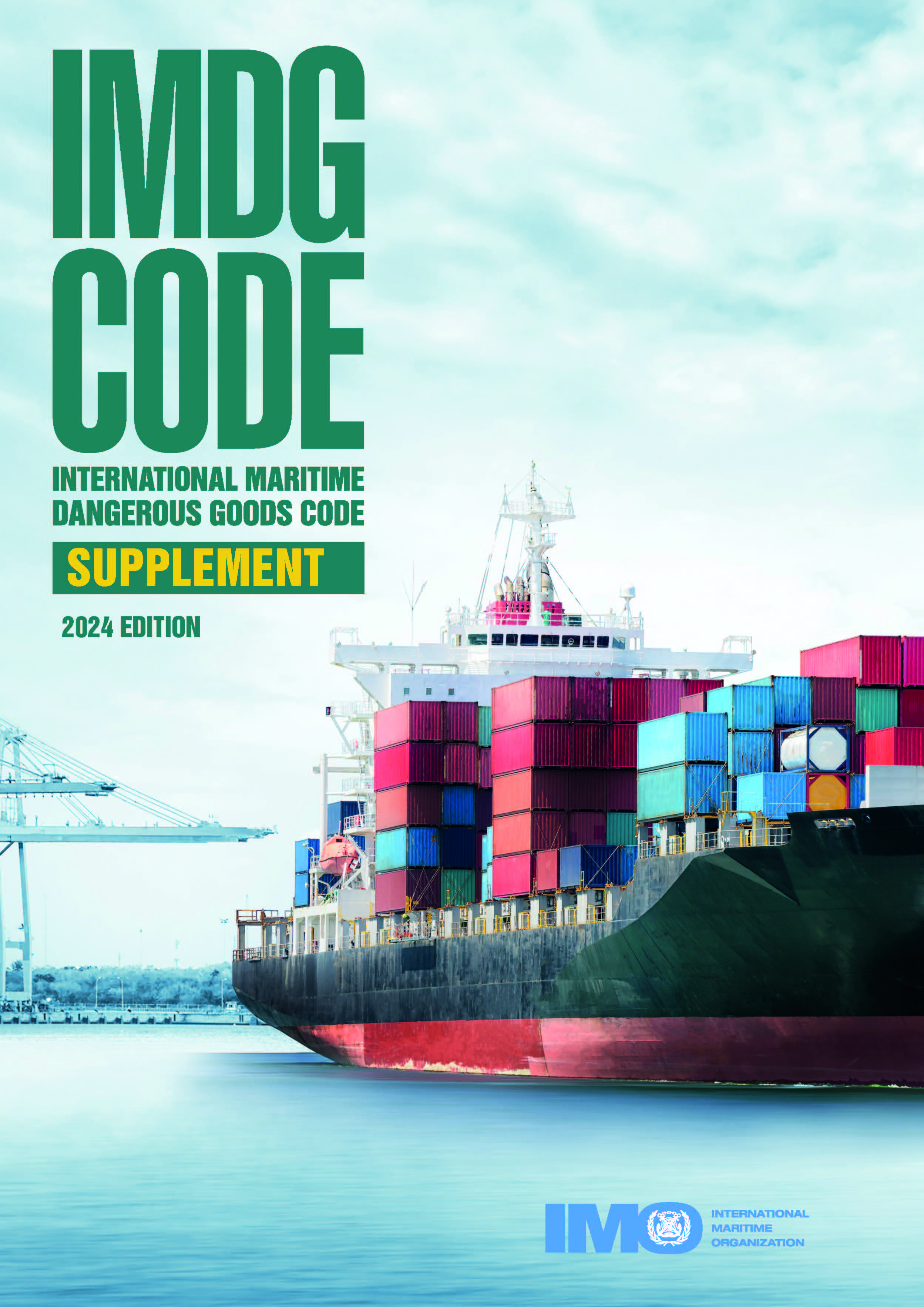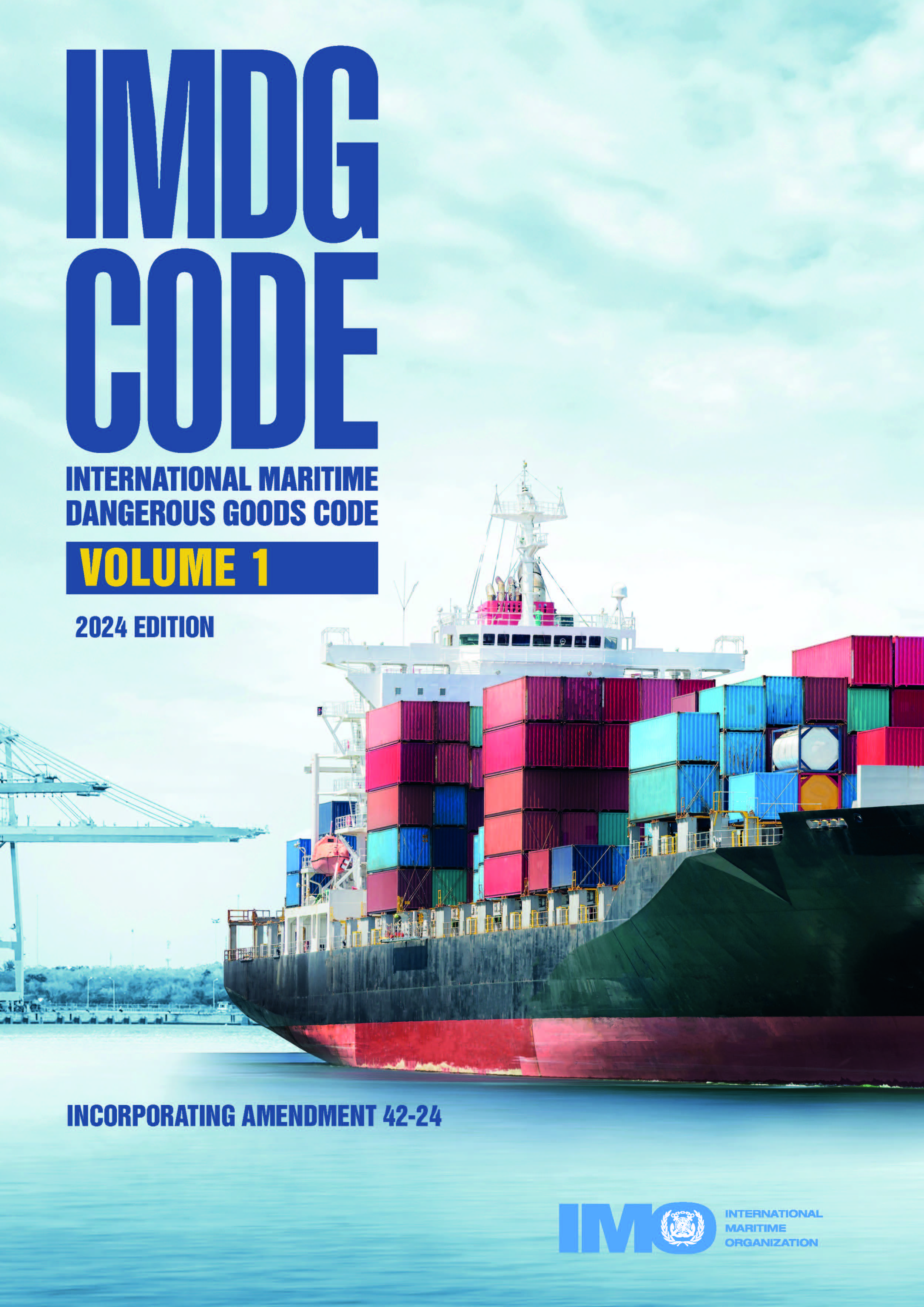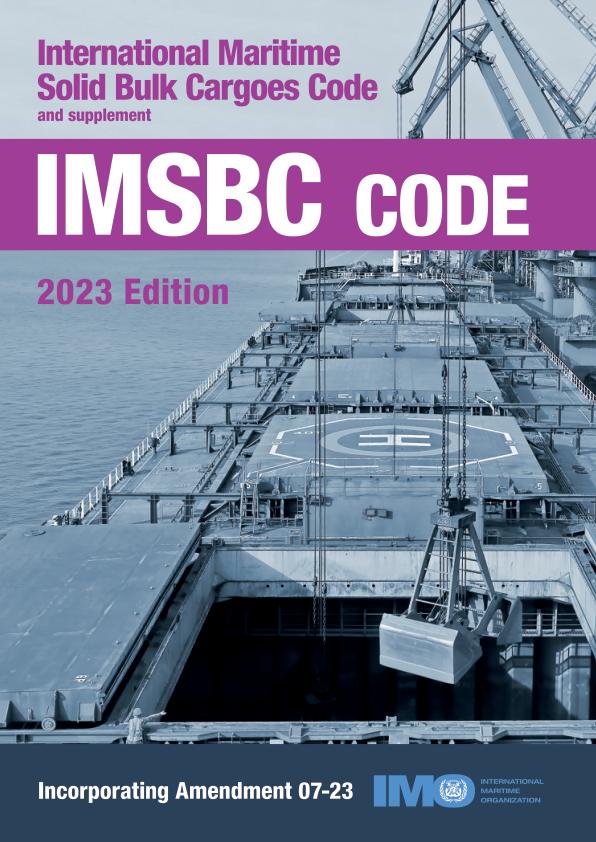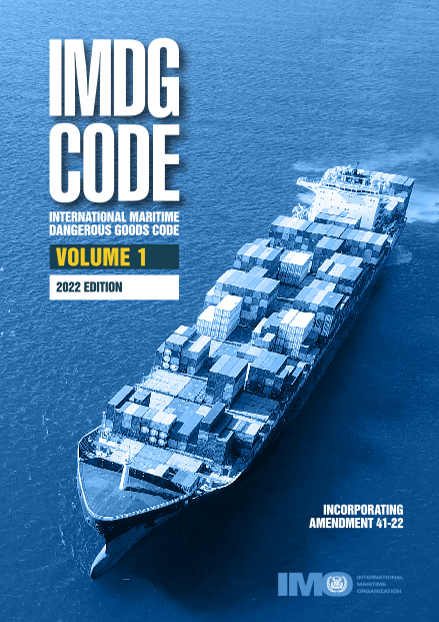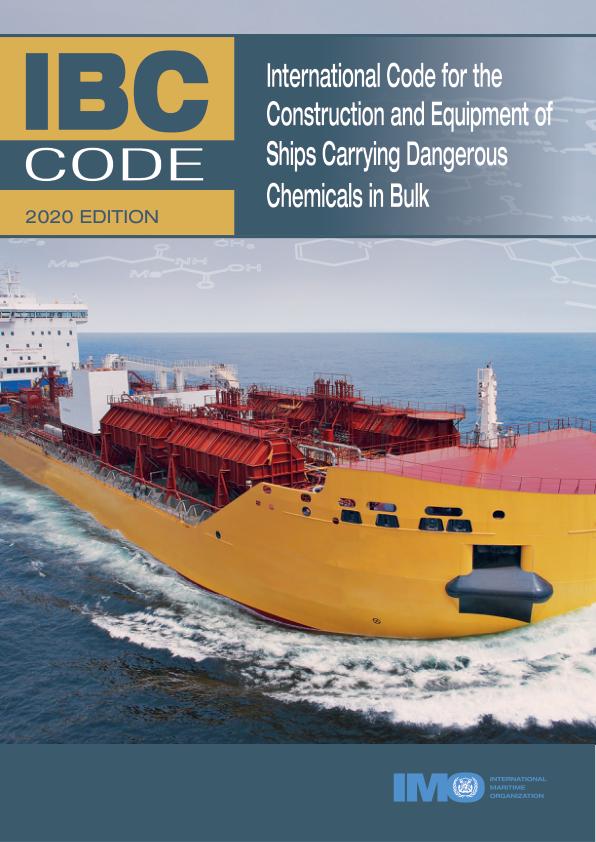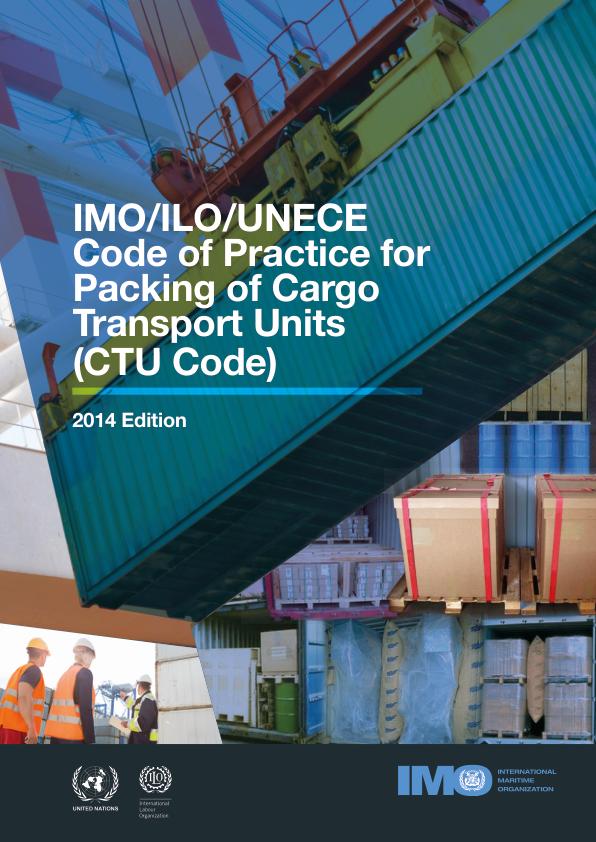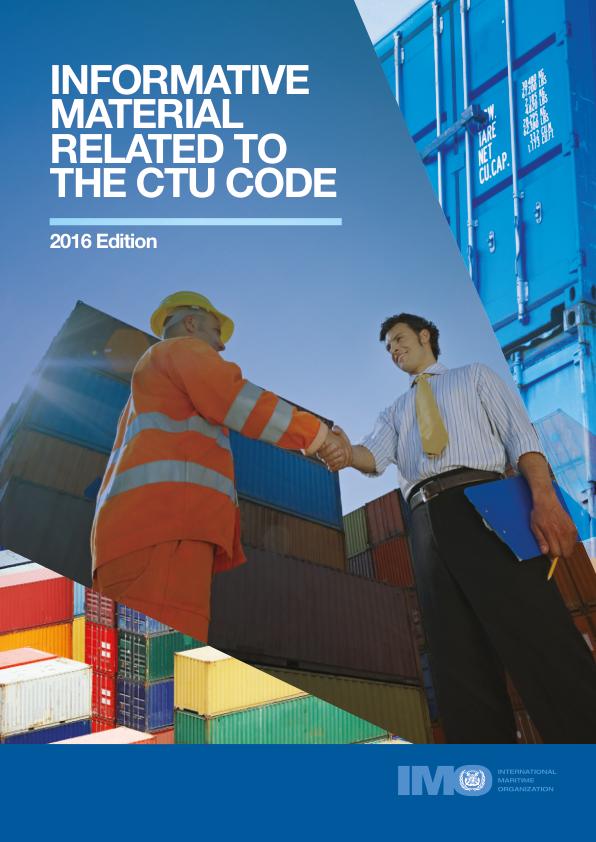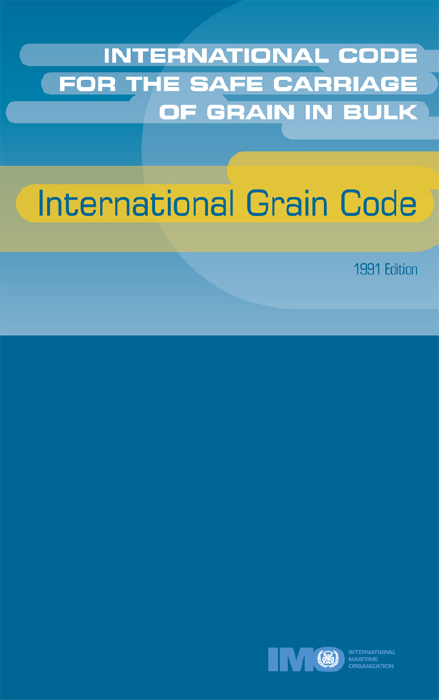Cargoes
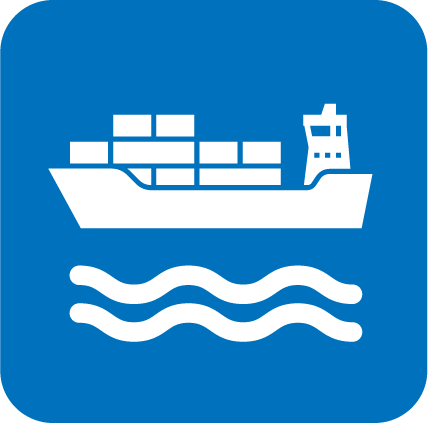
Collection Contents
9 结果
-
-
IMSBC Code
更多 较少The International Maritime Solid Bulk Cargoes Code (IMSBC Code), adopted on 4 December 2008 by resolution MSC.268(85), entered into force on 1 January 2011, from which date it was made mandatory under the provisions of the SOLAS Convention. The present edition incorporates Amendment 08-25, which may be applied from 1 January 2026 on a voluntary basis, anticipating its envisaged official entry into force on 1 January 2027.
This publication also presents additional information that supplements the IMSBC Code, such as the Code of Practice for the Safe Loading and Unloading of Bulk Carriers (BLU Code), BLU Manual and recommendations on the safe use of pesticides in ships applicable to the fumigation of cargo holds. The IMSBC Code and supplement is commended to Administrations, shipowners, shippers and masters and all others concerned with the standards to be applied in the safe stowage and shipment of solid bulk cargoes, excluding grain.
-
-
-
IMDG Code Supplement – 2024 Edition
更多 较少By clicking on the "Read" button on this page you will be accessing the PDF of the full book. To access the Full-Text version and PDFs of the individual chapters, click on the “Chapters” tab and select the chapter you would like to read.
The International Maritime Dangerous Goods Code (IMDG Code) lays out the regulatory framework for all aspects of handling dangerous goods and marine pollutants in sea transport, but does not include all details of procedures for packing of dangerous goods or actions to take in the event of an emergency or accident involving personnel who handle goods at sea.
This Supplement presents the publications associated with the IMDG Code that cover these aspects of the transport of dangerous goods.
The 2024 edition of the Supplement features:
- the Revised Emergency Response Procedures for Ships Carrying Dangerous Goods (EmS Guide), taking into account Amendment 42-24 to the IMDG Code;
- the Medical First Aid Guide for Use in Accidents involving Dangerous Goods (MFAG);
- the Reporting procedures;
- the Recommendations on the safe use of pesticides in ships;
- the International Code for the Safe Carriage of Packaged Irradiated Nuclear Fuel, Plutonium and High-Level Radioactive Wastes on board Ships (INF Code); and
- other appropriate resolutions and circulars pertaining to the transport of dangerous goods, including Guidelines for the implementation of the inspection programmes for cargo transport units (MSC.1/Circ.1649) and the List of non-exhaustive voluntary guidance on pest contamination (MSC.1/Circ.1650).
The IMDG Code Supplement should be of interest to maritime administrations, shipping companies, manufacturers, packers, shippers, feeder services such as road and rail, and port authorities.
-
-
-
IMDG Code – 2024 Edition
更多 较少By clicking on the "Read" button on this page you will be accessing a version containing both volumes combined. To access the full-text and the e-reader versions of the individual chapters, click on the “Chapters” tab and select the chapter you would like to read.
The International Maritime Dangerous Goods Code (IMDG Code) lays out the regulatory framework for all aspects of handling dangerous goods and marine pollutants in sea transport.
The IMDG Code is divided into two volumes:
- Volume 1 containing sections on general provisions, definitions and training; classification; packing and tank provisions; consignment procedures; construction and testing of packagings, IBCs, large packagings, portable tanks, MEGCs and road tank vehicles and transport operations, and
- Volume 2 containing the Dangerous Goods List, special provisions and exceptions, Appendix A (list of generic and N.O.S. proper shipping names), Appendix B (glossary of terms) and the Index.
Since it was first published in 1965, the Code has undergone many changes, in both format and content, in order to keep up with the rapid expansion of the shipping industry.
Amendment 42-24 includes revisions to various sections of the Code and to transport requirements for specific substances. It was adopted by the International Maritime Organization’s Maritime Safety Committee at its one hundred and eighth session in May 2024 and is mandatory from 1 January 2026 but may be applied by Administrations in whole or in part on a voluntary basis from 1 January 2025.
The provisions of the Code should be of interest to maritime administrations, shipping companies, manufacturers, packers, shippers, feeder services such as road and rail, and port authorities.
Links
- Dangerous Goods List: IMDG Dangerous Goods List with links to data
- The alphabetic substance index with links to the Dangerous Goods List
-
-
-
IMSBC Code
更多 较少The International Maritime Solid Bulk Cargoes Code (IMSBC Code), adopted on 4 December 2008 by resolution MSC.268(85), entered into force on 1 January 2011, from which date it was made mandatory under the provisions of the SOLAS Convention. The present edition incorporates Amendment 07-23, which may be applied from 1 January 2024 on a voluntary basis, anticipating its envisaged official entry into force on 1 January 2025.
This publication also presents additional information that supplements the IMSBC Code, such as the Code of Practice for the Safe Loading and Unloading of Bulk Carriers (BLU Code), BLU Manual and recommendations on the safe use of pesticides in ships applicable to the fumigation of cargo holds. The IMSBC Code and supplement is commended to Administrations, shipowners, shippers and masters and all others concerned with the standards to be applied in the safe stowage and shipment of solid bulk cargoes, excluding grain.
-
-
-
IMDG Code – 2022 Edition
更多 较少The version of the book on this page contains both volumes combined. To access the volumes of the book individually, click on the “Chapters” tab and select the volume you would like to read.
The International Maritime Dangerous Goods Code (IMDG Code) lays out the regulatory framework for all aspects of handling dangerous goods and marine pollutants in sea transport.
The IMDG Code is divided into two volumes: Volume 1 containing sections on general provisions, definitions and training; classification; packing and tank provisions; consignment procedures; construction and testing of packagings, IBCs, large packagings, portable tanks, MEGCs and road tank vehicles and transport operations, and Volume 2 containing the Dangerous Goods List, special provisions and exceptions, Appendix A (list of generic and N.O.S. proper shipping names), Appendix B (glossary of terms) and the Index.
Since it was first published in 1965, the Code has undergone many changes, in both format and content, in order to keep up with the rapid expansion of the shipping industry.
Amendment 41-22 includes revisions to various sections of the Code and to transport requirements for specific substances. It was adopted by the International Maritime Organization’s Maritime Safety Committee at its one hundred and fifth session in April 2022 and is mandatory from 1 January 2024 but may be applied by Administrations in whole or in part on a voluntary basis from 1 January 2023.
The provisions of the Code should be of interest to maritime administrations, shipping companies, manufacturers, packers, shippers, feeder services such as road and rail, and port authorities.
This edition is valid until 31 December 2025. The 2024 Edition of the IMDG Code is now available at https://doi.org/10.62454/KO200E.
-
-
-
IBC Code
更多 较少The purpose of the International Code for the Construction and Equipment of Ships Carrying Dangerous Chemicals in Bulk (IBC Code) is to provide an international standard for the safe carriage, in bulk by sea, of dangerous chemicals and noxious liquid substances listed in chapter 17 of the Code.
The Code prescribes the design and construction standards of ships, regardless of tonnage, involved in such carriage and the equipment they shall carry to minimize the risk to the ship, its crew and the environment, having regard to the nature of the products involved. This edition of the Code incorporates a number of amendments which have entered into force since it was last published in 2016, including:
- resolutions MEPC.302(72) and MSC.440(99), amending the model form of International Certificate of Fitness for the Carriage of Dangerous Chemicals in Bulk, which entered into force on 1 January 2020; and
- resolutions MEPC.318(74) and MSC.460(101), amending chapters 1, 15, 16, 17, 18, 19 and 21, including a complete revision of the product information set out in chapters 17 and 18, which enter into force on 1 January 2021.
-
-
-
IMO/ILO/UNECE Code of Practice for Packing of Cargo Transport Units (CTU Code)
更多 较少Innovations and developments in the types of cargoes carried in freight containers have allowed heavy, bulky items which were traditionally loaded directly into the ships’ hold to be carried in cargo transport units (CTUs).
The IMO/ILO/UNECE Code of Practice for Packing of Cargo Transport Units (CTU Code) gives advice on the safe packing of cargo transport units to those responsible for the packing and securing of the cargo and by those whose task it is to train people to pack such units. This publication outlines theoretical details for packing and securing as well as giving practical measures to ensure the safe packing of cargo onto or into CTUs.
-
-
-
Informative Material Related to the CTU Code
更多 较少Informative Material related to the CTU Code, the companion publication to the CTU Code, provides further practical guidance and background information, including consequences of improper packing procedures, typical documents related to transport, CTU types, species of concern regarding recontamination, quick lashing guides, intermodal load distribution, manual handling, transport of perishable cargo, CTU seals and testing CTUs for hazardous gases.
The informative material does not form part of the CTU Code but provides additional information and is applicable to transport operations by all surface and water modes of transport and the whole intermodal transport chain.
-
-
-
International Grain Code
更多 较少The Maritime Safety Committee, at its fifty-ninth session (May 1991), adopted a new International Code for the Safe Carriage of Grain in Bulk (International Grain Code). This replaced the original chapter VI of SOLAS, which contained detailed regulations on the carriage of grain in bulk, with more general requirements and placed the detailed provisions on grain in a separate mandatory code.
-

